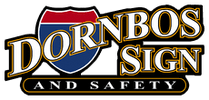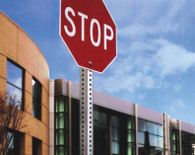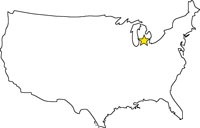Stop Signs: Fundamental Aspects of the Driving Experience
11th Jun 2019
Stop signs are important for driver safety and date back to 1915. Without them, there would certainly be chaos on the roadways. Drivers must comply with stop signs, which play a critical role in keeping roads safe; they are put in place when there is not enough traffic to justify a traffic signal or roundabout but without them, an accident could easily occur. Stop signs are erected at intersecting roads at either two-way, three-way or four-way stops.
Although most drivers are very familiar with standard stop signs—red octagons with a white border and the word “stop” in all caps—there are actually a variety of different stop signs.
Stop signs can indicate the kind of stop with wording such as “ all way,” “4-way,” “3-way,” or “2-way.” With this identifying language, the driver is aware of how many directions other cars could be coming from. This indication prepares the driver to understand how they need to continue proceeding should they come to the stop and see other cars.
Beyond standard stop signs, there are signs that warn drivers that a stop is ahead. These types of signs can be useful in neighborhoods or other roads where there have not been previous stops. These signs are typically yellow with black lettering that says, “stop ahead.” They can be diamond-shaped or rectangles. These signs can potentially stop drivers from running stop signs and causing accidents.
Another group of stop signs is related to pedestrian crossing. Pedestrian crossing can be dangerous for both walkers and drivers. Every year, many suffer serious injury or are killed in pedestrian crossings, so calling attention to such an area is vital. These signs are usually rectangles that include a small stop sign as well as the words, “here for pedestrians.” They may include an image of someone walking as well. Another variation may have a “stop” at the top in white with a red background and include the words, “for pedestrians in crossway” or “for children in crosswalk.”
In addition to stop signs mounted on the side of roads, handheld paddle stop signs are another category of stop signs. These are used by crossing guards to stop traffic so that pedestrians can pass. These vary in size but are the traditional red octagons with white lettering.
Stop signs make up a huge part of the driving experience. They are a fundamental part of controlling traffic flow and enhancing safety. Learn more about the different types of stop signs by reviewing our stop sign offerings.




